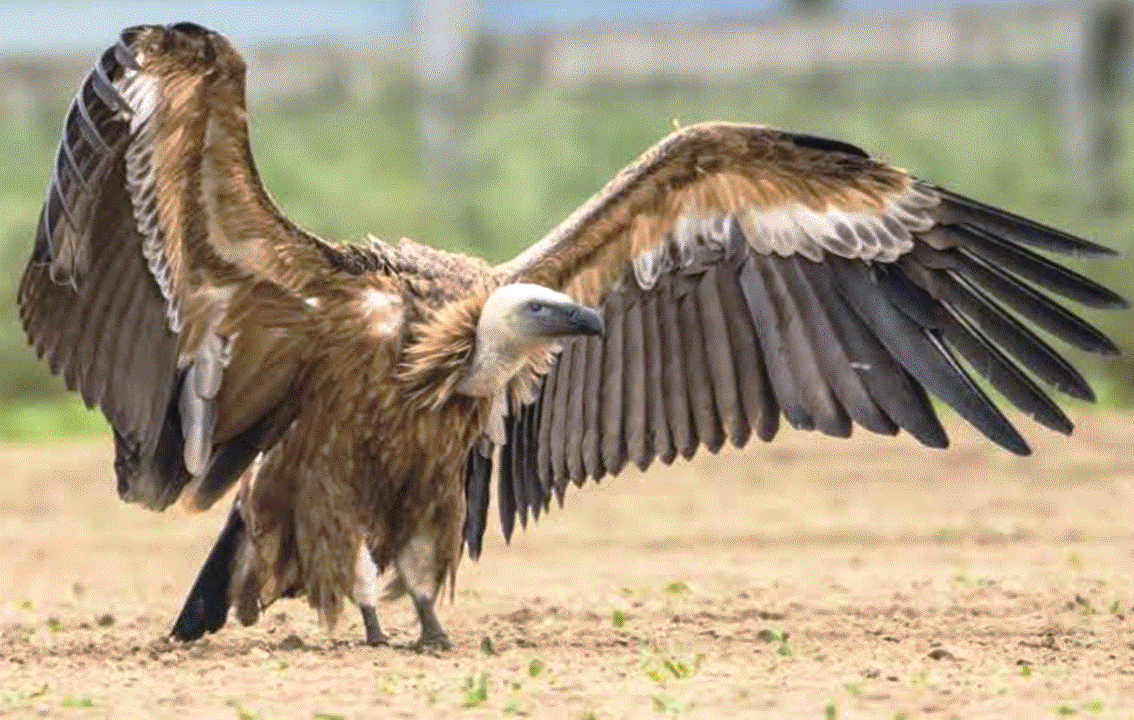THE CYPRUS GRIFFON VULTURE
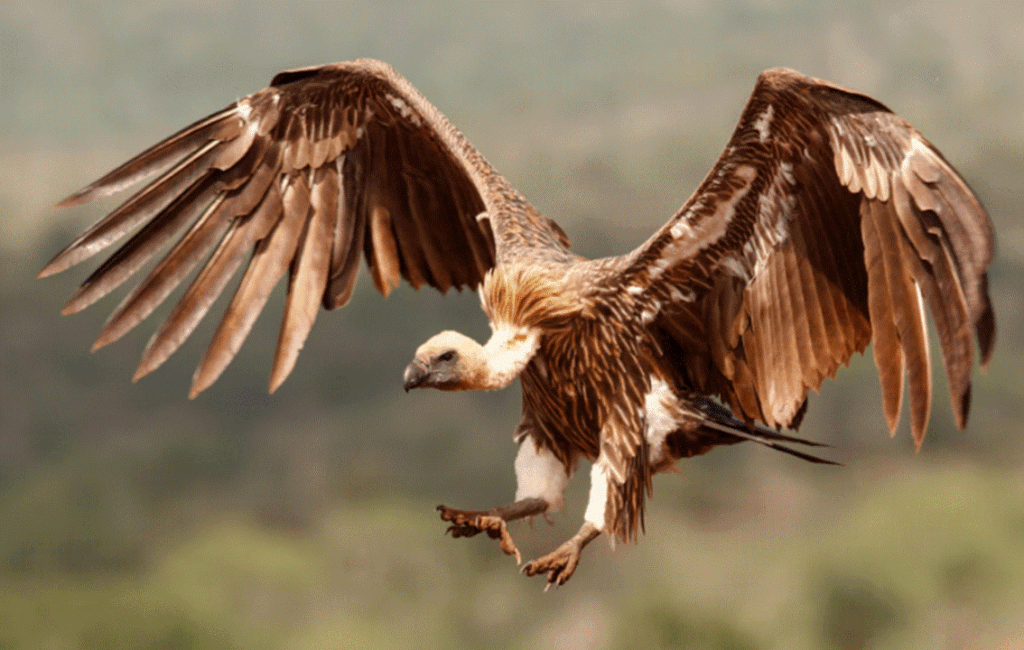
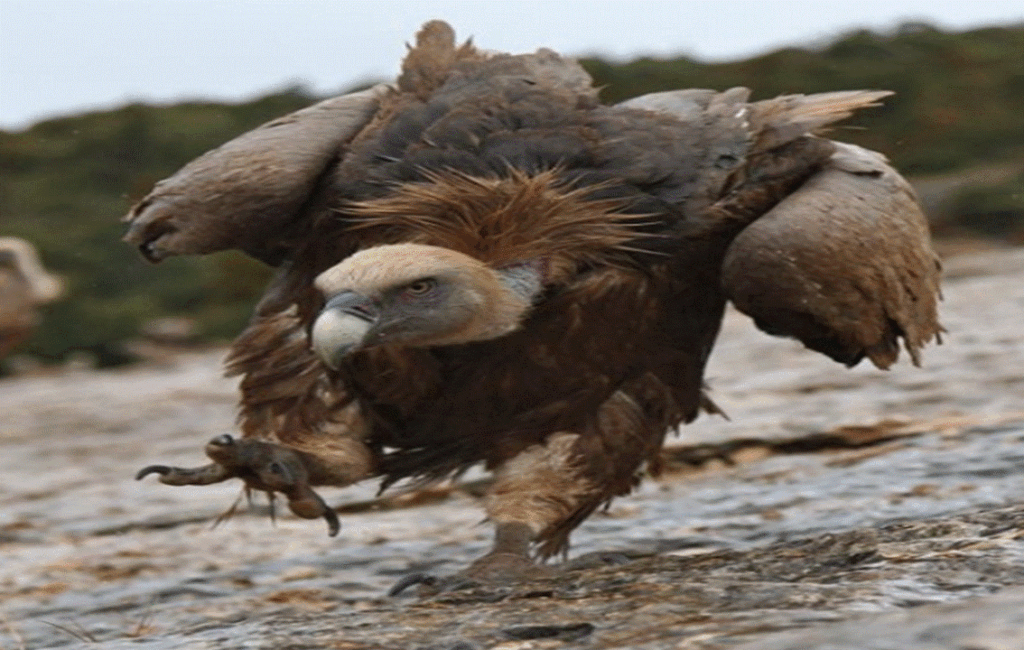
A RESIDENT SPECIES
The majestic aviators known as Griffon vultures are a resident species of Cyprus. Sightings of the bird by 2010, however, became rare, prompting several investigations by the Cyprus authorities in collaboration with bird conservation groups. They discovered that the bird had dwindled to dangerously low levels, confirming that without intervention, the bird’s extinction on the island was imminent.
A NEW CONSERVATION PROGRAM
The calculated and swift response that has ensured the continued survival of the bird on the island, has been spearheaded by the ‘Life with Vultures’ restocking conservation program. This program oversees the import of griffon Vultures from Spain to Cyprus. The program also sees that birds are fitted with trackers before being released into the wild so that their progress can be effectivly tracked. This initiative has since successfully added numerous new Griffon Vultures to Cypriot stock .
TRACKING THE VULTURES
Although successfully replenishing Griffon Vulture numbers into the wild, the program still faces numerous challenges. It is generally agreed that without further immediate intervention, numbers of the bird could once again drop, threatening its overal survival on the island. The Griffon Vulture is under significant pressure from several underlying issues. Ongoing data received from tracking devices has highlighted some of these multiple dangers. This data has also revealed how some of these birds have met with tragedy. The biggest threat to some of the imported birds is electrocution and unintentional poisoning, although some have simply been unable to settle in a new environment.
A STARK REALITY
Habitat loss and food scarcity are also major factors that are affecting this bird of prey’s survival on the island. This, along with the fact that some vultures have been unable to integrate properly into their new habitat, is also causing concern for the survival of the birds. This has prompted experts to call for further protection of the bird.
NEW MEASURES
Protecting these birds has become a critical part of the island’s natural heritage. Bird conservationist groups are now underscoring the urgent need to insulate or redesign power lines in critical zones to protect the birds from electrocution. Installing insulation on power poles or replacing them with bird-safe designs are straightforward steps that have been implemented in several other European countries and beyond. This has enabled power networks to coexist with wildlife. In response, the Electricity Authority of Cyprus has insulated several electric poles in the area of Kelokedara and they are currently looking at ways to expand this to other areas.
MONITORING BIRD PATTERNS
The data provided by the trackers also helps to monitor the vulture’s movements. This allows officials to understand the bird’s natural behaviour, migration patterns and foraging range. Feeding and watering patterns are also tracked, allowing officials to gage how the birds are responding to an ever-changing environment.
A NEW GENERATION
Although the birds face several difficulties, some officials monitoring the birds remain optimistic about their prospects. They have stated that there is hope that some of the birds will naturally begin to replenish their numbers on the island through natural breeding. This usually occurs at the beginning of January, and females lay a single egg each time.
A SCAVENGER BIRD
Griffon Vultures are generally responsible for cleaning up the countryside. They promote the nutrient cycle, and this plays an important role in maintaining a healthy ecosystem. The obligatory scavenger bird contributes to a healthy environment by feeding on the decaying flesh of other animals. This generally helps stop the spread of disease, creating a good balance with nature.
ABLE TO COVER HUGE DISTANCES
This impressive bird of prey is active all year round and Griffon Vultures prefer a habitat that includes coastal cliffs, mountains, farmland, scrubs and bushes. Their natural habitat on the island includes the Episkopi and the Chanoutaris Cliffs, as well as the Diarizos and Xeros Valleys. Whilst they do not like flying over large bodies of water, they are able to glide with their wings on ‘idle’ to cover huge distances.
A LARGE WINGSPAN
Ensuring the long-term survival of this majestic bird has become a priority. Their large wingspan allows them to stay aloft for hours, and this often creates a magnificent scene when witnessed. Their wingspan usually measures between 2.3 and 2.7 metres, aiding their impressive soaring ability. This bird of prey also uses thermal currents to fly in slow motion in a typical vulture circle fashion.
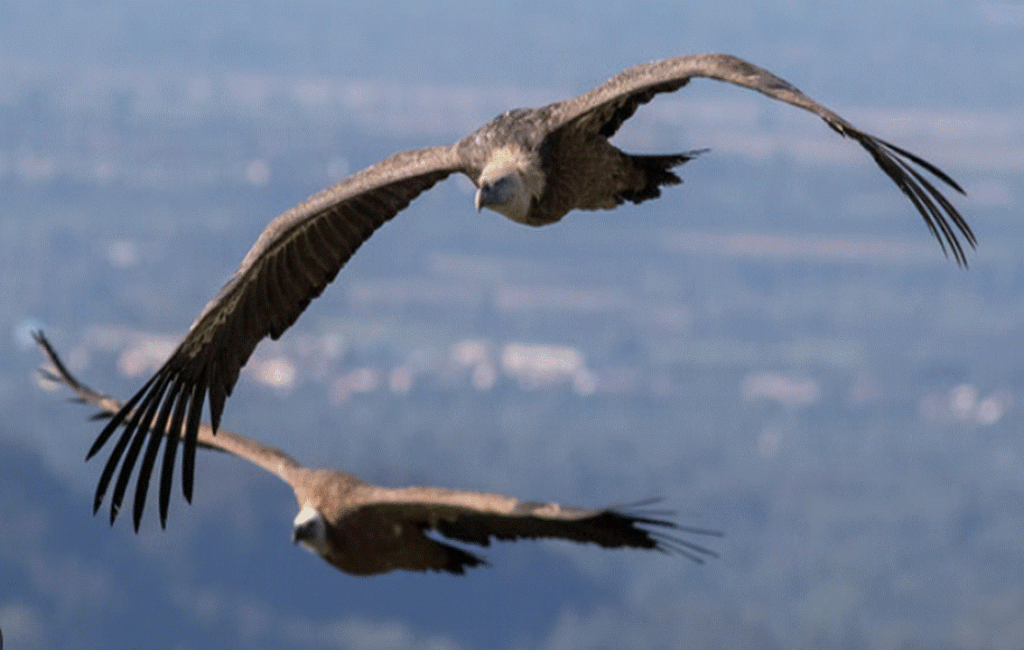
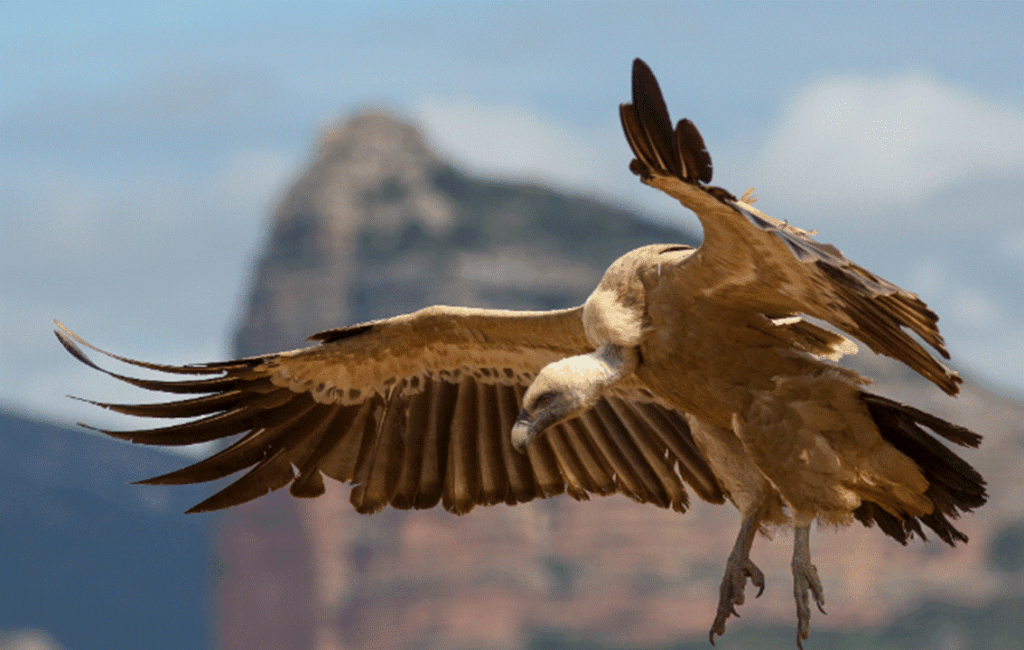
THE PROCESS FOR NEW GRIFFON VULTURE ARRIVALS
A CALL FOR DRASTIC MEASURES
The program to restore Griffon Vulture numbers to Cyprus first began in 2012. At this time, there were under 10 of these majestic birds left living in the wild on the island. This resulted in a new program, which called for drastic measures to be taken. Whilst numbers of the bird have slowly increased, the success rate of the program as a whole has remained challenging, missing several targets.
A SPANISH IMPORT
The main project advocates for the relocation of Griffon Vultures from Spain to Cyprus. This particular program is a collaboration between BirdLife, the Cypriot Game Service, and the Vulture Conservation Foundation. The combined efforts of all three has proven to be vital for the survival of these birds on the island. Although way off their target figure of 200, which is considered the minimum viable population for these birds in Cyprus, it is hoped that there are now sufficient birds in the wild that will begin to breed, further boosting their numbers naturally.
ACCLIMATISING TO NEW SURROUNDINGS
Although there are several reasons for the bird’s low population, the main point of contention surrounds the import process. This is not straightforward, and each new arrival needs at least six months to acclimate to its new surroundings. Upon arrival, the Cypriot Game Service transfers each griffon vulture to a special acclimatisation centre near Limassol. When these birds are ready for release, they are equipped with satellite transmitters that track their progress. Once released, unintentional poisoning, as well as other threats, such as electrocution, remain the main threats to the bird’s survival in the wild.
CONSERVATION IN MIND
Spain is home to Europe’s largest Griffon Vulture population, currently numbering around 30,000 pairs. With conservation in mind, the autonomous region of Andalusia, as well as a zoo in Seville, has donated several Griffon Vultures to Cyprus as part of the ongoing conservation program. The selection process for the birds is supervised by the Vulture Conservation Foundation. This organisation contributes expertise and coordination for the transfer process from Spain to Cyprus.
